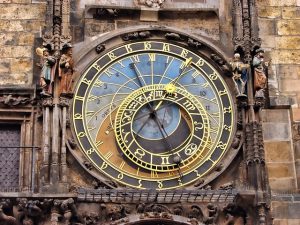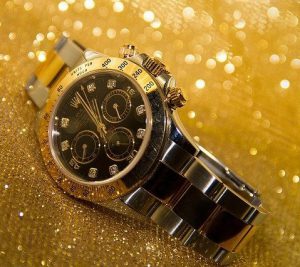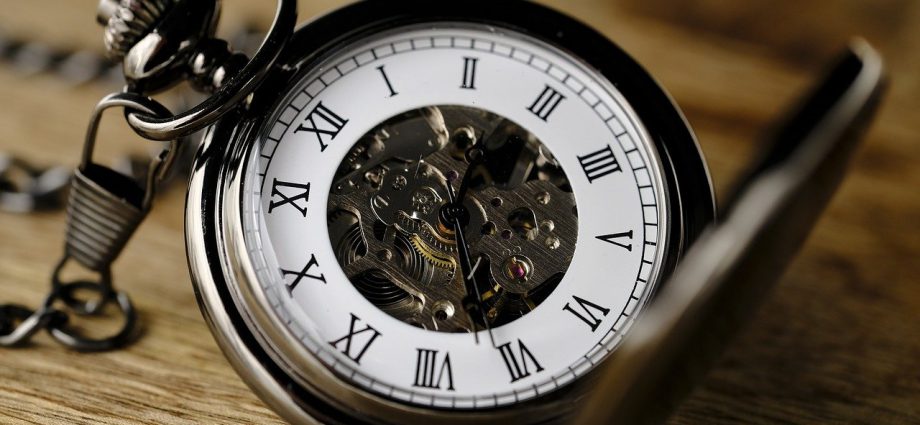There are some marvels of technology that are not that familiar to us. The technology works in mysterious ways, or so we used to think. However, things change as we become more familiar with how stuff works. Luckily for us, the internet allows us to learn about almost any topic without having to go through too much trouble.
The internet can also be used to learn about some relatively niche topics, like watches. There are digital watches, but those are completely different from old-school watches, the ones with gears and sprockets. Automatic or self-winding watches are particularly interesting. Here is how both types of watches work, particularly the self-winding ones.
Manual Wind Watches – What You Need to Know

We all love a good watch, and why not wind them manually? After all, that is part of the charm of using a watch with gears. Watches have a mainspring inside, which is a type of spring that holds tension. This mainspring is connected to numerous gears and then to the balance wheel, a weighty contraption that moves back and forth at a uniform rate. What this does is transfer energy to the escapement, a device that lets the watch’s wheels turn forward for a small amount, with each swing of the balance wheel. These watches evolved in Europe, in the 17th century. Their precursors were large spring clocks, which were made in the 15th century.
These watches have to be periodically wound manually, in order to keep tension on the mainspring.
Automatic Watches – How Do They Work?
The mainspring is still a component in automatic watches, but they do not require manual winding. They work differently because there is a weighted rotor attached to the mainspring. Given that gravity works on watches, too, as we move, or as the watch moves in either the pocket or on the arm, the rotor moves in one direction or another, thus winding the mainspring. Typically, over the course of the day, we will move long enough to keep the mainspring wound for two days, making the watch able to keep time overnight.
A clutch mechanism is used to keep the mainspring from being overwound. Since the rotor can move clockwise and counter-clockwise, there are typically two ratcheted winding mechanisms which enable the rotor to wind the mainspring.
Are Mechanical Watches Still Built?

Mechanical watches are still being built, but they are expensive. They need to be built by hand and are used as status symbols. Some people build them as a hobby or passion and they are often worn by enthusiasts. Mechanical watches will need work overtime, in order for the gears to be rebalanced and all of the insides checked to see if the watch is actually keeping time as it should be.
Having mechanical watches fixed costs money, but owning one is definitely a special experience.
Mechanical watches are amazing pieces of gear that even though being centuries old, still represent a beauty that is appreciated by newcomers and enthusiasts alike. Automatic or self-winding watches are even more interesting because of the way they work, using a rotor to wind the mainspring, due to Earth’s gravity.

